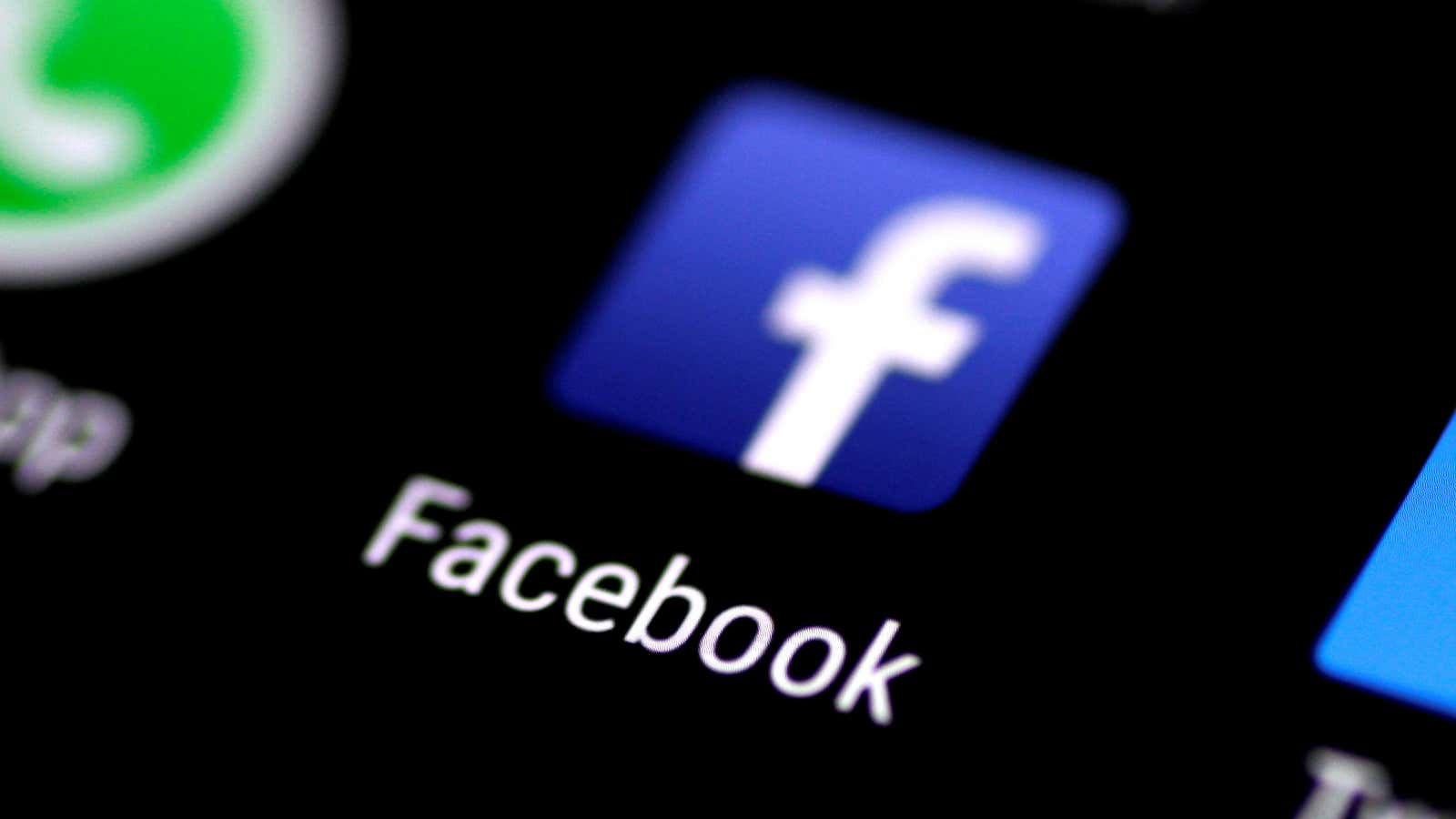Facebook took down hundreds of pages used by Russian state-run news services to covertly spread pro-Russia, anti-Western propaganda across 13 countries in Eastern Europe and Central Asia, the company said Thursday (Jan. 17). It found 364 pages, groups, and accounts that reached 790,000 followers.
Facebook didn’t provide many details about how it discovered the pages’ Russian links, but a separate analysis by digital forensic researchers at the Atlantic Council think tank, also released Thursday, showed the ties were pretty easy to spot. For example, the pages’ managers paid for some ads in rubles, a clear tip-off they were working from Russia.
Spreading the Kremlin’s message
The pages sought to spread the reach of content produced by Sputnik, a large news site that publishes content in over 30 languages, and TOK, a smaller video service, both operated by the Kremlin-backed Rossiya Segodnya media agency. Combined, the covert Facebook pages had double the number of followers than Sputnik’s official profiles.
Some pages focused on the news, but hid their link to Sputnik; others had other themes, including travel and sports. They often mixed politically-charged posts promoting anti-Western and anti-NATO views with more anodyne content. There were also fan pages dedicated to Central Asian autocrats who are allies of Russian president Vladimir Putin.
Some of the activity appears to be straightforward audience building, according to the Atlantic Council’s research; other posts were clearly political.
A slew of clues
Researchers at the Atlantic Council’s Digital Forensic Research Lab (DFR) had been investigating those pages at the same time as Facebook. They were more transparent about the methods they used to link the social media pages with the Kremlin-backed news services. The evidence they collected shows that operators of the propaganda campaigns didn’t take too much trouble to hide their tracks, or weren’t very good at it.
Some covert Facebook pages included a link to Sputnik in their personal information sections; others openly stated they were based in Russia, were operated by former Sputnik employees, or cited the Russian news service in their posts, Ben Nimmo, a senior fellow at the Atlantic Council, said on Twitter.
The DFR lab also observed pages cross-posting videos from Sputnik and TOK. Cross-posting, which can be easily identified, can only happen if both sides agree to it, an obvious indication of collaboration. Pages from different countries would also post the same content at the same time, suggesting some form of international coordination between supposedly independent pages.
When a Latvian reporter, tipped on the campaign by DFR researchers, asked Sputnik Latvia’s chief Valentīns Rožencovs about some of the covert Facebook pages, he confirmed his company was running them. He called them “normal content promotion.”
